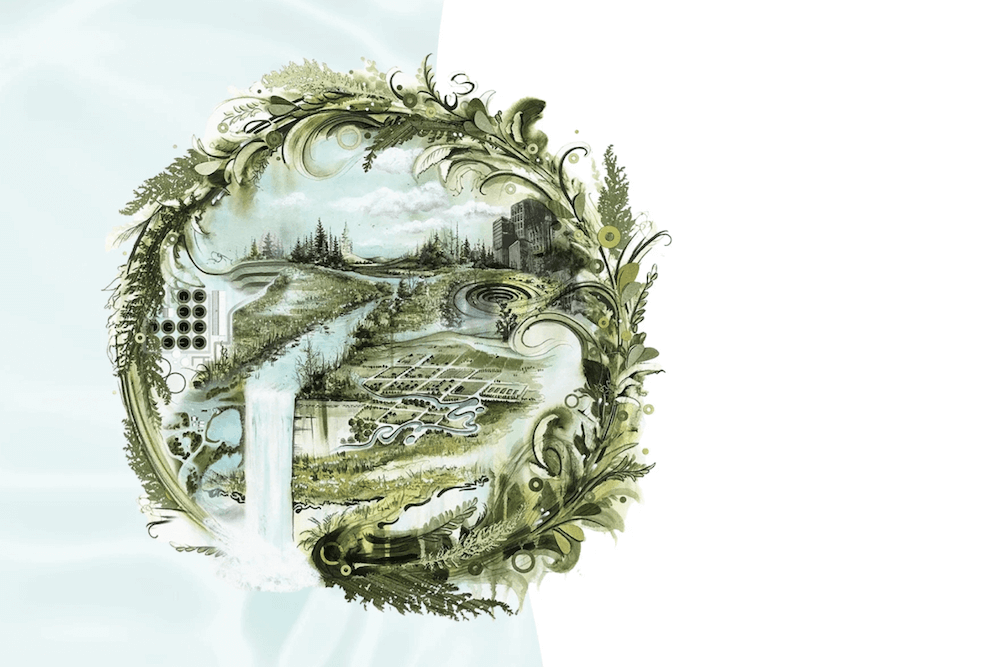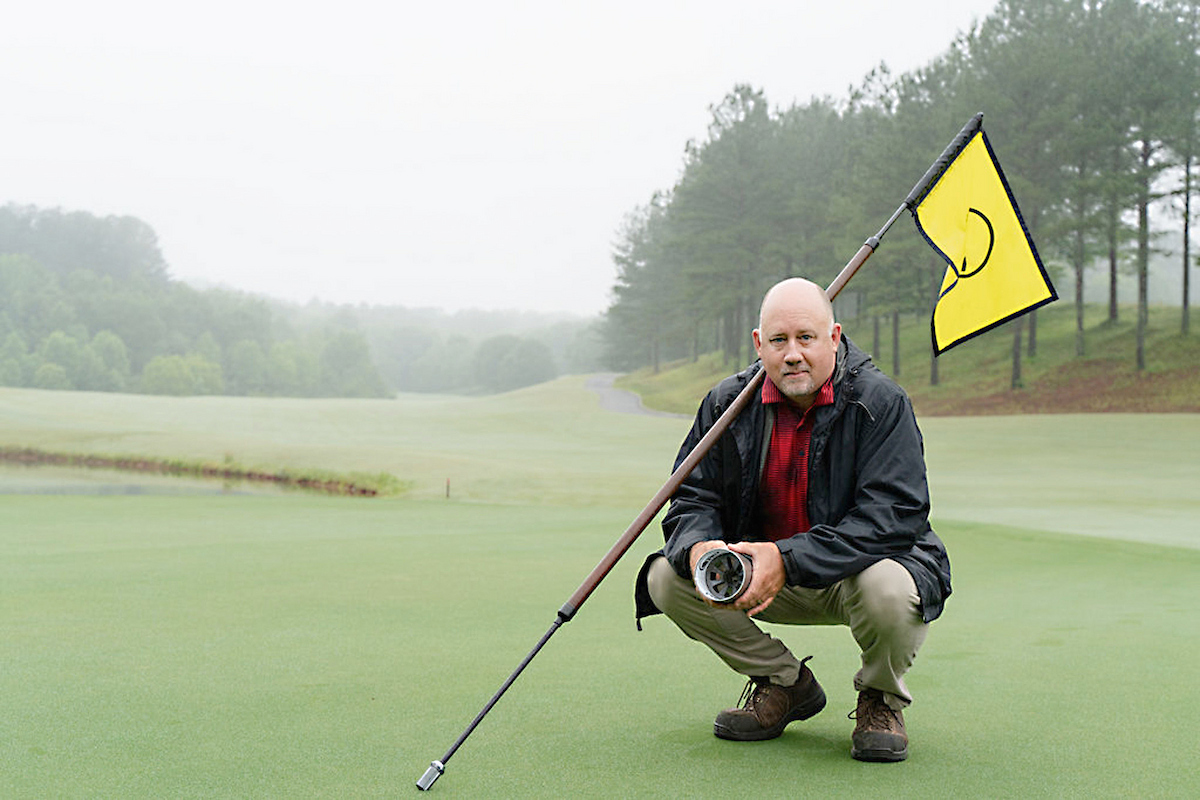|
|
|
Georgia greenhouses produce multicolored |
You know it’s getting close to the holidays when poinsettias
start showing up at florist shops and chain stores. And if you
want to buy the best plant, you need to know where to get it and
what to look for.
Start by asking for Georgia-grown poinsettias. The very
best-quality plants are locally grown and sold to florist shops
and garden centers.
It’s not easy to produce a perfect poinsettia. But Georgia
growers do a great job. They grow more than 20 varieties in a
dozen sizes and shapes, including some awesome 18-inch hanging
baskets and 3-gallon floor planters, that fit almost any
decorative scheme.
Worth the Price
Georgia-grown poinsettias may cost more, but they’re bigger and
will last longer. They’ll be as clean and perfect as you can get
with a live plant.
Florists do a much better job caring for poinsettias, too, while
they wait in the store to be bought.
To get the best poinsettias, choose plants with thoroughly
colored and expanded bracts. The red, white, pink and speckled
“flowers” on poinsettias are actually bracts, or modified leaves.
The real flowers are the tiny yellow things in the middle of the
bracts.
|
|
|
Knowing what to look for can make buying holiday |
Look for:
- Bracts with no blemishes.
- Dense foliage all the way down the stem.
- Plants about two and one-half times the height of the
pot. - Strong, stiff stems and broken stems. Support rings make
stems less likely to snap. - Small, yellow flowers just barely opened.
- Green, healthy lower leaves.
Carefully slip off the pot and look for white and light tan roots
that have grown to the sides of the pot. Brown roots, or few
roots, can be a bad sign. A poinsettia without good roots won’t
last long in your home, so it pays to check out the root
system.
During the holidays, you can place poinsettias just about
anywhere to brighten things up. They’ll last about three weeks in
fairly dark places.
Water Carefully
While it’s in the dark, water only when the soil is very dry. And
don’t fertilize it. Overwatering or fertilizing your poinsettia
during the holidays is the most common cause of rapid death.
It’s always good to remove dead leaves, however. Losing a few
leaves is expected when poinsettias are in dark places.
|
|
|
You don’t buy poinsettias for their tiny, yellow |
After the holiday cleanup, which for most of us is in
mid-January, poinsettias must be returned to fairly bright light
to remain healthy. South, east or west windows work well.
The bracts may begin to fall off fast. This is normal. If they
last until March, your poinsettia was very happy where you put
it.
Before you begin fertilizing, cut off the long stems halfway down
to the soil. By early April, when the bracts begin to die, cut
the plant back, leaving four to six nodes or segments in the
stem.
Move Outdoors
At this point, the poinsettias can be grown outdoors in full sun.
If watered and fertilized, poinsettias will grow great outdoors.
Trim them in June and plant them in 1-gallon pots or large indoor
planters.
|
|
|
Georgia greenhouse growers are readying millions |
As a poinsettia grows, trimming the new growth will allow
branching and will form an impressive, bushy plant. Trim back new
growth again around July 1 and again by mid-August.
Outdoors, the plants will require fertilizing every week. Most
houseplant fertilizers will do. Apply the same rate as you would
for common houseplants. Continue to fertilize your plant all
spring and summer, backing off the fertility rate as fall
nears.
If watered and fertilized properly, poinsettias will grow quite
large, as high and wide as 5 feet.
| Trick Poinsettias Into Blooming Again Next Year |
Poinsettias are absolutely safe, too. They’ve been scrutinized
over many years and are proven to be nonpoisonous plants,
perfectly safe for display around children and pets.







